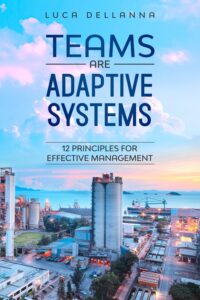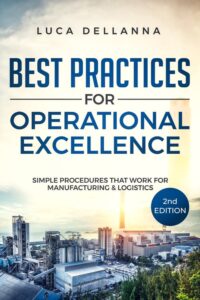There are two types of disciplined people: those who take consistent action through sheer willpower and those who do it without the use of willpower.
Short term bias and negativity bias are actually first-order-thinking biases
Humans don’t have a negativity bias. We miss long term trends regardless of whether they’re good or bad. The root cause that makes us miss them is not that we are biased towards short-term choices (that’s a byproduct). Our negativity bias and short-term biases are byproducts of a first-order-thinking bias. Our brain is wired to be unable to perform second-order-thinking while thinking intuitively: therefore, the bias.
First- and second-order thinking
Let’s start with an example. I go for the first time of my life to the gym. It’s an extremely tiring experience, my muscles hurt for the next few days and they didn’t actually grow in size. The cost-benefit ratio of going to the gym looks very unfavorable. Saying “I won’t go anymore to the gym because it isn’t worth it” is first-order thinking. Second order thinking would be: “I’ll keep going to the gym because I know that, eventually, Iwill feel better, my muscles will start growing and the experience will grow better over time”. In other words, second-order thinking implies an understanding that the cost-benefit value of an action isn’t fixed to the value we experienced in the past, but it might change over time.
I define first order thinking a way of estimating the outcome of an action in which all cost-benefit correlation variables are considered constant in time; second-order thinking a way of estimating such benefit while understanding that such variables are actually variable.
Bound to first-order thinking
The ability to perform second-order thinking, to be able not to be limited in our thinking to our experiences, is relatively new. Only a few animals have it. This is because second-order thinking is an analytical ability; animal brains are primarily intuitive and only a few animals developed the ability to think analytically (and only humans are actually able to do it at a high level).
Analytical thinking is a costly process: not only it consumes energy, but it also leaves us distracted while performing it. Like external manipulation (actions), analytical thinking (internal manipulation) is hated by the motivational system. We need to be motivated to perform second-order thinking.
Often, a vicious circle takes place: first-order thinking thinks an action is not worth its costs, therefore we aren’t motivated to perform it, therefore we are not motivated to analytically analyze it to discover that performing it might actually be beneficial in the long term, therefore we won’t perform it, therefore we will never experience its benefits, therefore we will always think (in first-order) that the action isn’t worth the effort.
Proxies
My work of the last few months focused on proxies. First-order thinking uses the experientially-estimated cost-benefit ratio as the proxy for future cost-benefit. This is the common error which happens while adopting proxies: forgetting that their correlation with the real metric changes over time.
Conclusion
Human short-term bias and human negativity bias are just a biases to consider marginal or experiential values as constant in time: an inability to intuitively perform second order thinking.







